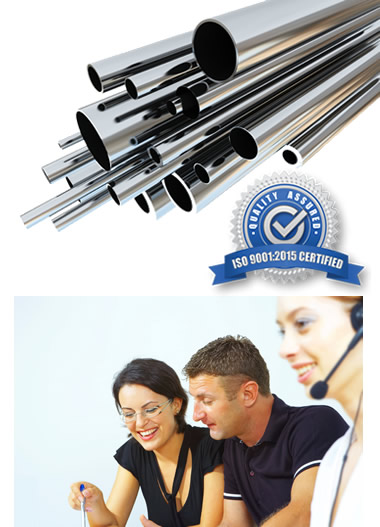Specifications & Properties
Electroless Nickel Basics
Electroless nickel plating is the process of depositing a uniform layer of nickel by a controlled chemical reaction. In contrast to an electroplating solution, electroless nickel solutions require no external source of electrical current, such as a rectifier in order to plate. Electroless nickel baths utilize a chemical reducing agent built into the bath in lieu of an external power supply. Electroless nickel plating has several advantages versus electroplating. Free from the external power supply issues that create low and high current flux-densities, electroless plating provides an even and uniform nickel deposit regardless of the work piece geometry. The process provides a continuous build-up of the nickel metal with very unique and desirable deposit properties. Since the nickel metal being plated is itself a catalyst for the plating reaction, this is why Electroless Nickel is also known as autocatalytic nickel plating.
The majority of electroless nickel plating being done uses the nickel phosphorus systems. These systems are typically divided into three main categories:
1.) Low Phosphorus Nickel
2.) Medium Phosphorus Nickel
3.) High Phosphorus Nickel
The above types of electroless nickel coatings possess many unusual properties, which make them very useful in a broad range of functional applications and prominently found in many industrial/technology sectors, such as Oil & Gas, Aerospace, and Defense. Most applications take advantage of the hardness, lubricity, corrosion resistance, wear, electrical and magnetic properties of electroless nickel.
Electroless Nickel Composite Coatings:
There is also a class of electroless nickel deposits which contain hard particles or lubricant particles. These deposits are produced from solutions with low concentrations of phosphorus or boron, and have micro-sized particles like PTFE and Silicon nitride (Si3(NO2)4), Silicon carbide (SiC) and other inclusive elements. These deposits provide particular, unique wear resistance and offer increased serviceability. There primary use has been in aggressive abrasion and erosion wear applications.
Below is a useful product selection guide detailing common usages.
Choosing the right Electroless Nickel:
| Desired: | Most Suitable Electroless Nickel Coating: |
| Wear resistance | 1. Composite coating with SiC or diamonds 2. Low Phosphorus Nickel 3. High Phosphorus Nickel heat treated |
| Corrosion resistance | 1. High Phosphorus Nickel |
| Hardness | 1. Composite coatings with SiC or diamonds 2. Low Phosphorus Nickel heat treated 3. High Phosphorus Nickel heat treated |
| Ductility | 1. High Phosphorus Nickel 2. Low Phosphorous Nickel |
| Lubricity | 1. Composite coatings with Telflon® 2. Low, Medium, High Phosphorus |
| Brightness | 1. Medium Phosphorus Nickel |
| Electrical conductivity | 1. Low Phosphorus Nickel |
| Non Magnetic | 1. High Phosphorus Nickel |
| Chemical resistance | 1. High Phosphorus Nickel |
